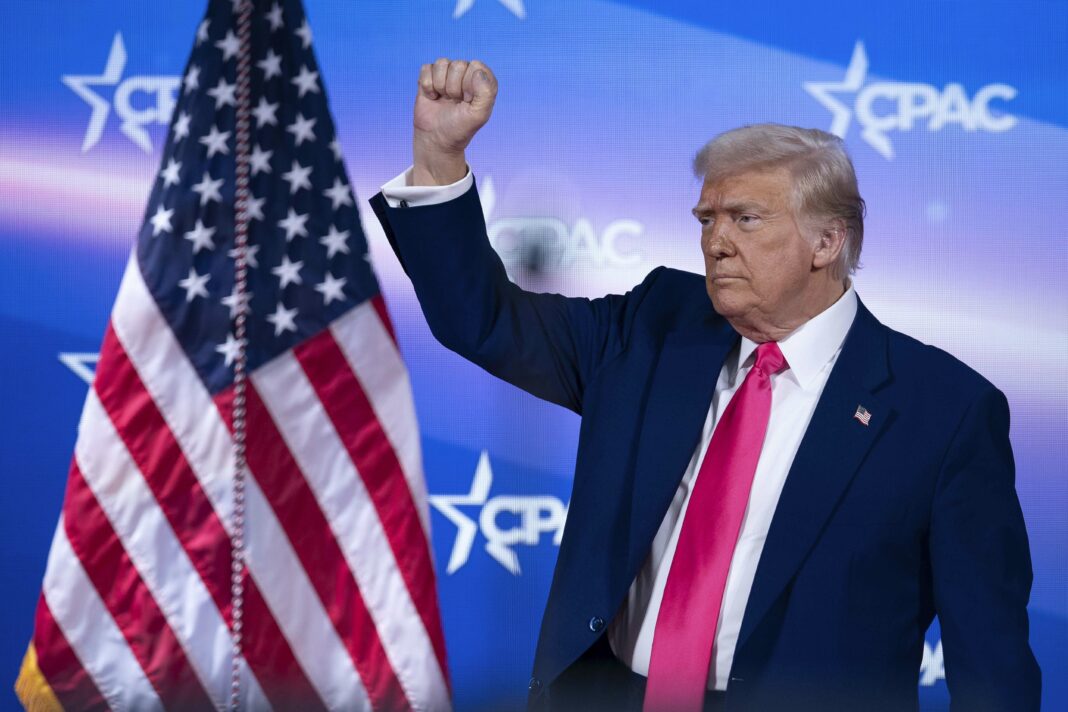Ukraine is resisting U.S. demands for access to its natural resources in exchange for financial aid amid ongoing conflict with Russia. President Zelensky insists that any agreement must include strong security guarantees. Meanwhile, Trump is focused on securing a resource deal, viewing the situation as a business opportunity rather than a humanitarian crisis. The complexity of negotiations, combined with shifting U.S. policies and unclear funding commitments, leaves Ukraine’s future economic stability in question.
Ukraine’s Response to U.S. Demands
Ukraine is standing firm against the pressures coming from the United States. President Donald Trump is seeking access to the nation’s natural resources as compensation for the assistance provided by Washington since the onset of the Russian invasion three years ago.
The U.S. proposes a fund that would be financed partly through revenues from the sale of raw materials and other assets. The remaining portion would be sourced from the sale of extraction licenses. While Kyiv has not outright rejected this proposal, Ukrainian President Volodymyr Zelensky emphasized during a conference on Sunday that any agreement must include solid security guarantees from the U.S. He is wary of committing to a deal that future generations in Ukraine would have to repay.
The Ongoing Conflict and U.S. Strategy
President Trump is exerting considerable effort to secure a contract that would allow American access to Ukraine’s resources, showcasing a strong sense of entitlement towards Kyiv. During a right-wing conference near Washington, he reiterated his stance, insisting that Ukraine should provide something in return for the financial support it has received since the conflict began: “Rare earths, oil – everything we can get,” he stated. Trump believes a deal with Kyiv is within reach.
Meanwhile, Russia continues its relentless attacks on Ukraine. In a recent update, Zelensky reported that Russia launched an unprecedented 267 drones in a single night, marking the most significant assault since the war’s commencement. As the conflict approaches its three-year anniversary on Monday, the situation remains dire.
Recently, the U.S. has shifted its stance on Ukraine policy, with President Trump engaging in discussions with Russian President Vladimir Putin regarding potential negotiations to end the war. The proposed resource deal is a pivotal element in the American strategy to facilitate a ceasefire between the conflicting parties. However, it remains uncertain what role Ukraine will play in these discussions, especially following a recent meeting in Saudi Arabia that excluded Ukrainian representation.
Trump has indicated a lack of interest in supporting Ukraine in its fight against Russia, viewing the situation instead as a business opportunity for American access to Ukrainian resources. He criticized President Biden’s administration for providing financial assistance to Ukraine with no expectation of repayment, while asserting that European nations at least receive their funds back as loans—despite data indicating that the U.S. has also extended loans to Ukraine.
American Treasury Secretary Scott Bessent defended Trump’s position in an opinion piece in the “Financial Times,” highlighting an economic partnership designed to safeguard the interests of both Ukrainians and American taxpayers. He emphasized that the agreement would pave the way for Ukraine’s economic reconstruction, drawing funds from the revenues generated by Ukraine’s raw materials and state infrastructure. Bessent argued that U.S. involvement would ensure transparency and deter corruption.
However, it remains unclear how Ukraine will truly benefit from the proposed fund. The specifics regarding the investment amounts and the flow of resources back to the U.S. are still ambiguous. Notably, Bessent did not mention any commitments for security guarantees or military support for Ukraine in his commentary, instead criticizing European nations for their inadequate military support. He firmly believes that countries that have not contributed to Ukraine’s defense should not reap the benefits of its reconstruction.
Despite these challenges, President Zelensky has actively sought Trump’s support for a resource agreement, primarily focusing on future assistance rather than past aid. The initial contract draft suggested that up to $500 billion should be raised, with half coming from raw material sales. However, Zelensky indicated that the U.S. has since removed the specific funding target from their demands, and no new draft is available as of now. The economic potential of Ukraine’s rare earth deposits and the feasibility of their extraction remain uncertain.
Trump’s calculations regarding the Ukraine fund are also unclear, as estimates of U.S. aid to Ukraine vary widely. During his conference speech, Trump claimed that Ukraine had received $350 billion in support, while reports from Bloomberg suggest the actual figure is significantly lower at $90 billion. The Kiel Institute for the World Economy has estimated direct U.S. aid allocations to be around $119 billion by the end of 2024.
Discussions about the raw material contract are ongoing, with Ukrainian Economy Minister Julia Swiridenko mentioning raw materials valued at $350 billion located in regions occupied by Russia. While this may serve as a strategic negotiation tactic, it is unlikely to convince the U.S. to push for an end to the Russian occupation. Ultimately, the values discussed are far below the $500 billion that the U.S. is currently demanding from Kyiv.
